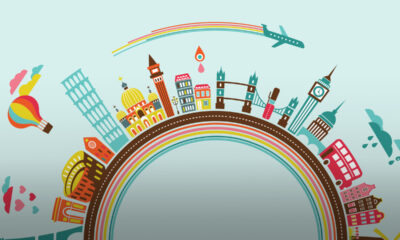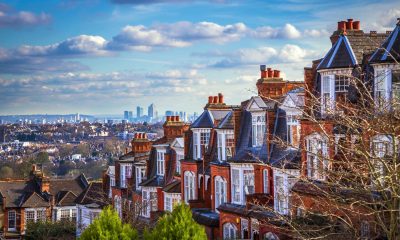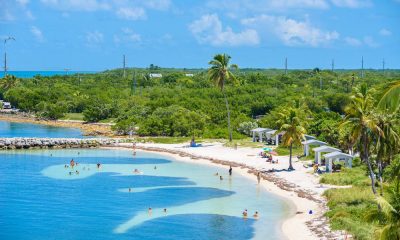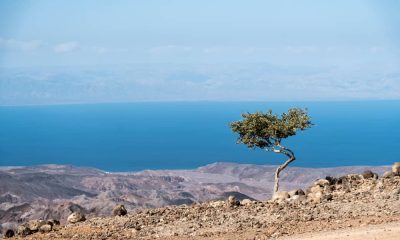Travel
Best Largest Cities In The World By Area
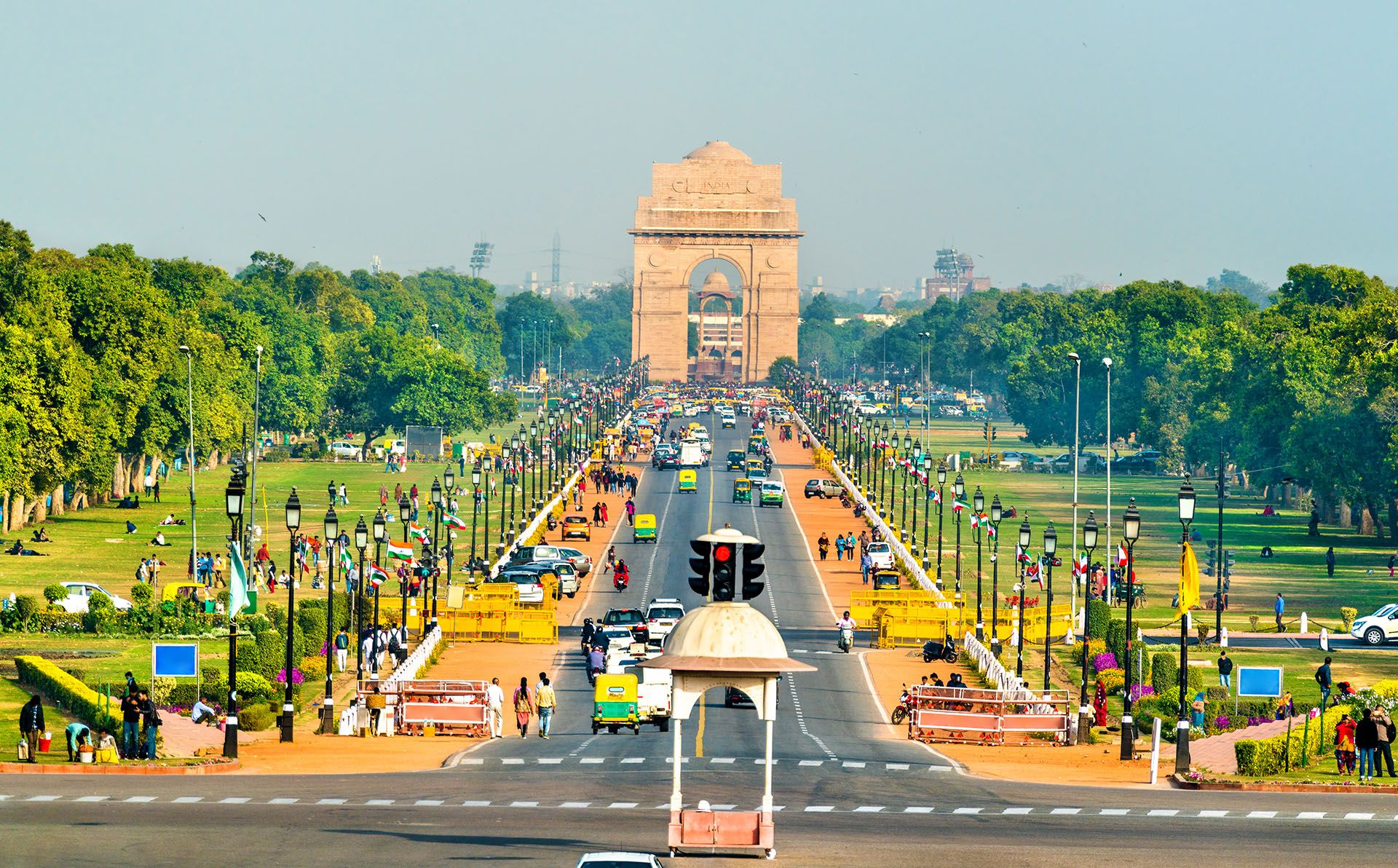
As of October , Tokyo, Japan’s capital, is the world’s most populous metropolis, with over 37 million people. India’s New Delhi and China’s Shanghai rank second and third, respectively.
The world’s most populous cities are typically regarded as cultural, economic, and political centers. In this article, we will look at the ranked list of the world’s largest cities in 2024 based on population and area, as well as the unique characteristics that set each city apart.
Top Most Populous Cities in the World
The criteria used to determine the top ten largest cities in the world vary depending on the source. Some sources rank cities based on population, while others use factors such as urban area or metropolitan region size, economic activity, political relevance, and cultural value. Various publications may use different approaches to rank the world’s top 10 largest cities.
Here is the list of the top 10 biggest cities in the world, by area and population with some interesting facts about the world’s Largest Cities:
- Tokyo, Japan (37.4 million people)
- Delhi, India (29.3 million people)
- Shanghai, China (26.3 million people)
- São Paulo, Brazil (21.8 million people)
- Mexico City, Mexico (21.6 million people)
- Cairo, Egypt (20.4 million people)
- Dhaka, Bangladesh (20.2 million people)
- Mumbai, India (20.1 million people)
- Beijing, China (19.4 million people)
- Osaka, Japan (19.2 million people)
1. Tokyo, Japan
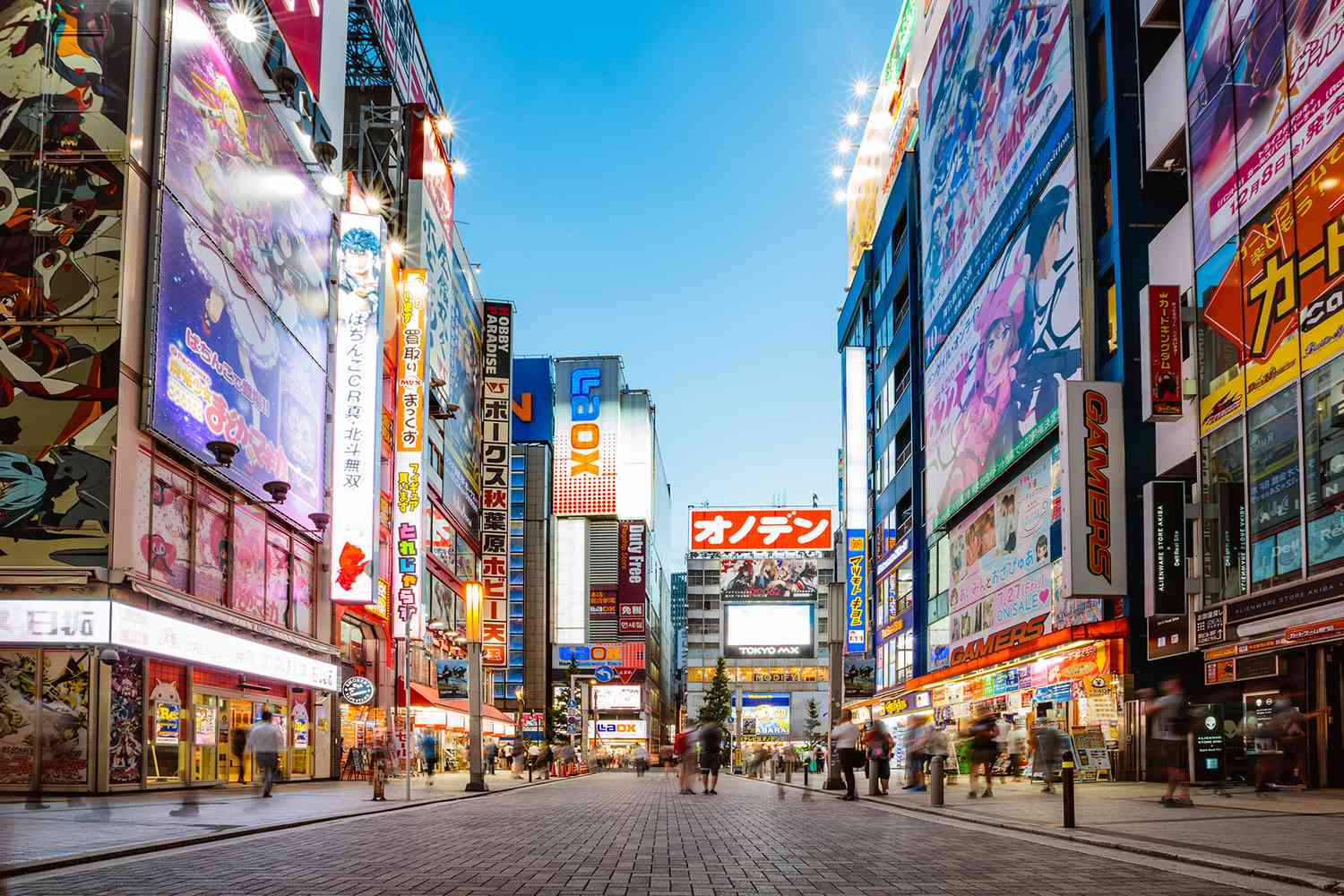
1. Population: 37.4 million people (largest city in the world) Location: Honshu Island, Japan Capital of Japan: Since 1868
2. Major attractions:
- Shibuya Crossing: The world’s busiest pedestrian crossing
- Sensō-ji Temple: The oldest temple in Tokyo
- Tokyo Tower: A 333-meter tower offering panoramic views of the city
- Meiji Shrine: A Shinto shrine dedicated to Emperor Meiji and Empress Shoken
- Imperial Palace: The home of the Emperor of Japan
3. Food: A diverse culinary scene with something for everyone
4. Transportation: A well-developed public transportation system, including trains, buses, and subways
5. Nightlife: Lively and diverse, with something for everyone
6. Culture: A rich blend of traditional and modern influences
7. Safety: One of the safest cities in the world
8. Climate: Humid subtropical with four distinct seasons
Additional details:
- Tokyo was the host city of the 2020 Summer Olympics.
- The city is home to several Fortune Global 500 companies, including Toyota, Sony, and Panasonic.
- Tokyo was ranked the second most expensive city in the world in 2024 by the Economist Intelligence Unit.
Overall, Tokyo is a vibrant and exciting city with something to offer everyone
2. Delhi, India

1. Population: 29.3 million people (second largest city in the world) Location: Northern India, on the Yamuna River Capital of India: Since 1947
2. Major attractions:
Red Fort: A magnificent 17th-century fort built by the Mughal emperor Shah Jahan
Jama Masjid: One of the largest mosques in India, built by Shah Jahan
Qutub Minar: A 73-meter tall tower built in the 12th century
India Gate: A war memorial dedicated to the Indian soldiers who died in World War I
Humayun’s Tomb: The tomb of the Mughal emperor Humayun, a UNESCO World Heritage Site
Chandni Chowk: A bustling marketplace with a rich history
3. Food: A diverse culinary scene with a strong emphasis on street food
4. Transportation: A well-developed public transportation system, including the Delhi Metro, buses, and auto rickshaws
5. Nightlife: A vibrant nightlife scene with bars, clubs, and restaurants
6. Culture: A rich blend of Hindu, Muslim, and Sikh traditions
7. Safety: Generally safe for tourists, although it is important to be aware of petty theft.
8. Climate: Hot and dry in summer, with mild winters
Additional details:
- Delhi was the capital of several empires throughout history, including the Mughals and the British.
- The city is home to a number of historical landmarks, including UNESCO World Heritage Sites.
- Delhi is a major center for business, commerce, and education in India.
Overall, Delhi is a fascinating city with a unique blend of history and modernity. It is a must-visit for anyone traveling to India.
3. Shanghai, China
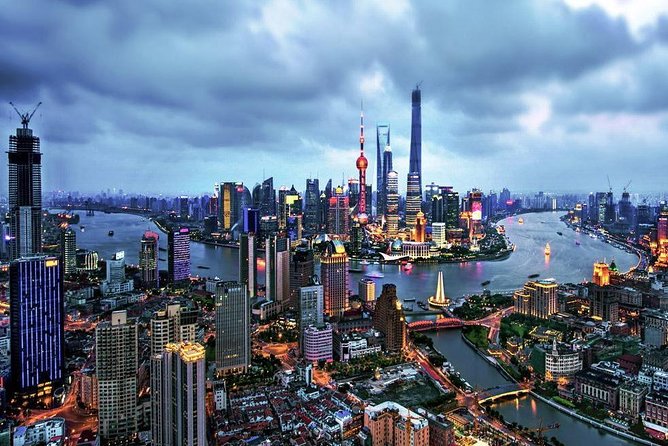
1. Population: 26.3 million people (third largest city in the world) Location: Eastern China, on the Yangtze River Delta
2. Major attractions:
- The Bund: A waterfront promenade with stunning views of the Pudong skyline
Oriental Pearl Tower: A 468-meter tall tower offering panoramic views of the city - Yu Garden: A traditional Chinese garden with a history dating back to the 16th century
- Tianzifang: A trendy district with narrow streets, art galleries, and craft shops
- Shanghai Tower: The second-tallest building in the world, offering breathtaking views of the city
- Jade Buddha Temple: A Buddhist temple housing two large jade Buddha statues
Nanjing Road: One of the busiest shopping streets in the world - People’s Square: A large public square with a variety of museums and historical buildings
3. Food: A diverse culinary scene with a strong emphasis on seafood and Shanghainese cuisine
4. Transportation: A well-developed public transportation system, including the Shanghai Metro, buses, and maglev trains
5. Nightlife: A vibrant nightlife scene with bars, clubs, and live music venues
6. Culture: A blend of traditional Chinese culture and modern influences6. Safety: Generally safe for tourists, although it is important to be aware of petty theft.
7. Climate: Humid subtropical with four distinct seasons
Additional details:
- Shanghai is a major financial center and a key player in the global economy.
- The city is home to several Fortune Global 500 companies, including Alibaba and Tencent.
- Shanghai is a popular tourist destination, attracting millions of visitors each year.
4. Sao Paulo, Brazil
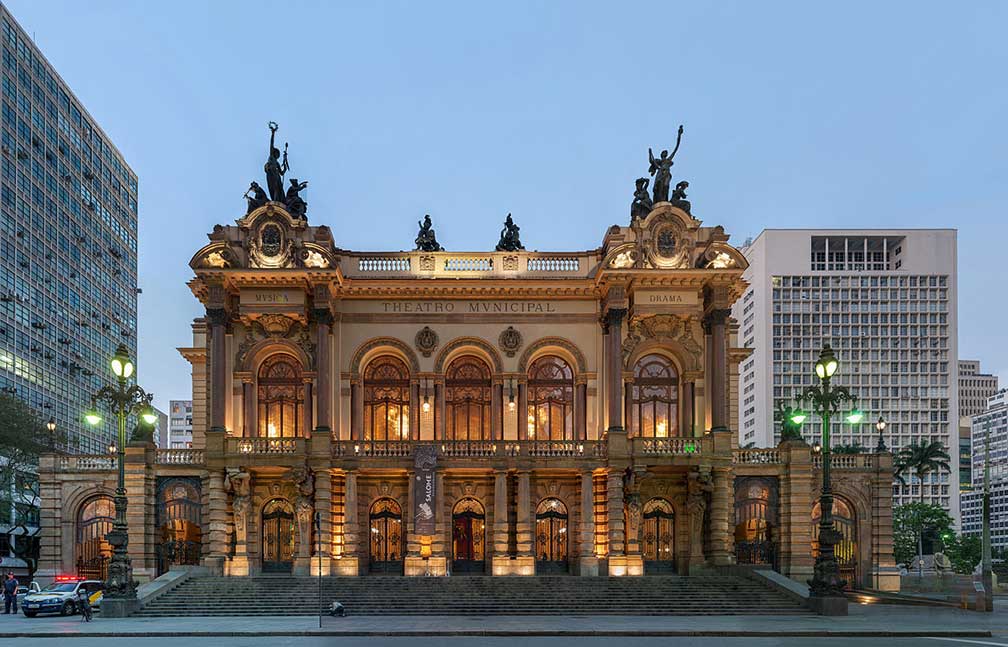
1. Population: 21.8 million people (fourth largest city in the world) Location: Southeastern Brazil, on the Tietê River
2. Major attractions:
- Avenida Paulista: A bustling avenue lined with museums, art galleries, and high-end stores
- Museu de Arte de São Paulo (MASP): A renowned museum housing a collection of Brazilian and international art
- Ibirapuera Park: One of the largest urban parks in the world, with gardens, lakes, and a planetarium
- Catedral da Sé: The city’s main cathedral, with a neo-Gothic design
- Mercado Municipal: A bustling market selling fresh produce, spices, and souvenirs
- Bixiga: A vibrant Italian neighborhood with traditional restaurants and cafes
Vila Madalena: A trendy district with bars, clubs, and art galleries
3. Food: A diverse culinary scene with influences from Portuguese, Italian, and Japanese cuisine
4. Transportation: A well-developed public transportation system, including the São Paulo Metro, buses, and taxis
5. Nightlife: A vibrant nightlife scene with bars, clubs, and live music venues
6. Culture: A blend of Portuguese and African influences, with a strong emphasis on music, art, and dance
7. Safety: Generally safe for tourists, although it is important to be aware of petty theft.
8. Climate: Subtropical, with warm summers and mild winters
Additional details:
- São Paulo is the largest city in Brazil and the financial and cultural capital of the country.
- The city is home to several Fortune Global 500 companies, including Itaú Unibanco and Petrobras.
- São Paulo is a popular tourist destination, attracting millions of visitors each year.
Overall, São Paulo is a vibrant and exciting city with something to offer everyone. It is a city that is constantly evolving, and it is sure to impress even the most seasoned traveler.
5. Mexico City, Mexico
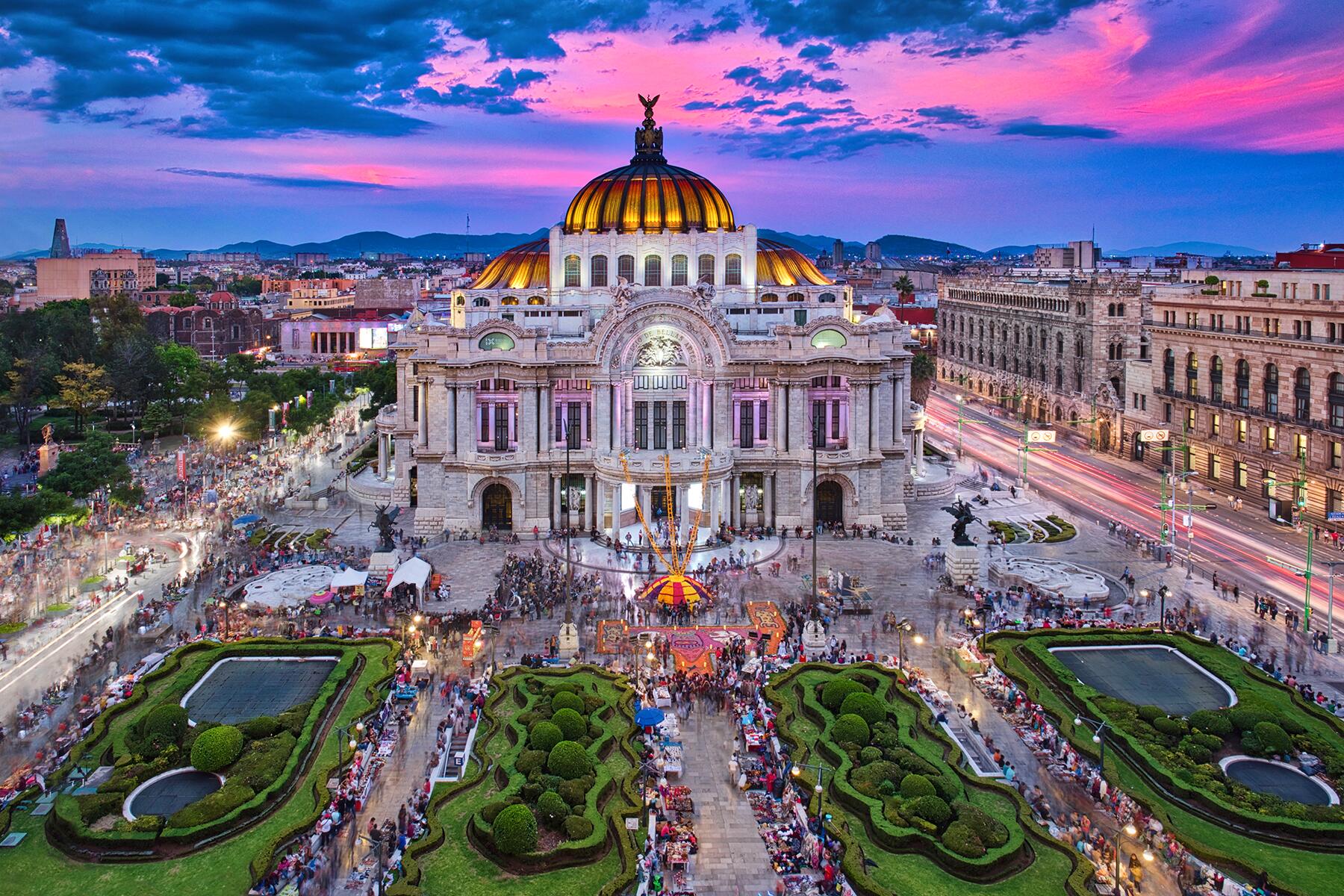
1. Population: 21.6 million people (fifth largest city in the world) Location: Central Mexico, in the Valley of Mexico Capital of Mexico: Since 1325
2. Major attractions:
- Zócalo: The largest city square in Latin America, surrounded by historical buildings
- Templo Mayor: The Aztec temple complex, offering a glimpse into pre-Columbian history
- Palacio Nacional: The official residence of the Mexican president, featuring murals by Diego Rivera
- Museo Nacional de Antropología: One of the most important museums in the world, showcasing the history and culture of Mexico
- Coyoacán: A charming neighborhood with cobbled streets, art galleries, and Frida Kahlo’s house-turned-museum
- Xochimilco: A network of canals and floating gardens, where you can take a colorful boat ride called a trajinera
- Teotihuacan: The ruins of a pre-Columbian city, with the Pyramid of the Sun and the Pyramid of the Moon as its most notable landmarks
3. Food: A diverse culinary scene with a strong emphasis on tacos, street food, and regional dishes
4. Transportation: A well-developed public transportation system, including the Mexico City Metro, buses, and taxis
5. Nightlife: A vibrant nightlife scene with bars, clubs, and live music venues
6. Culture: A rich blend of indigenous, Spanish, and African influences, with a strong emphasis on music, art, and dance
7. Safety: Generally safe for tourists, although it is important to be aware of petty theft.
8. Climate: High-altitude subtropical, with warm summers and cool winters
Additional details:
- Mexico City is the largest city in Mexico and the cultural and political capital of the country.
- The city is home to several UNESCO World Heritage Sites, including Teotihuacan and the Historic Center of Mexico City.
- Mexico City is a popular tourist destination, attracting millions of visitors each year.
Overall, Mexico City is a vibrant and exciting city with something to offer everyone. It is a city that is steeped in history and culture, yet also modern and forward-thinking. Whether you are interested in ancient ruins, delicious food, or a vibrant nightlife, Mexico City is sure to impress.
6. Cairo, Egypt
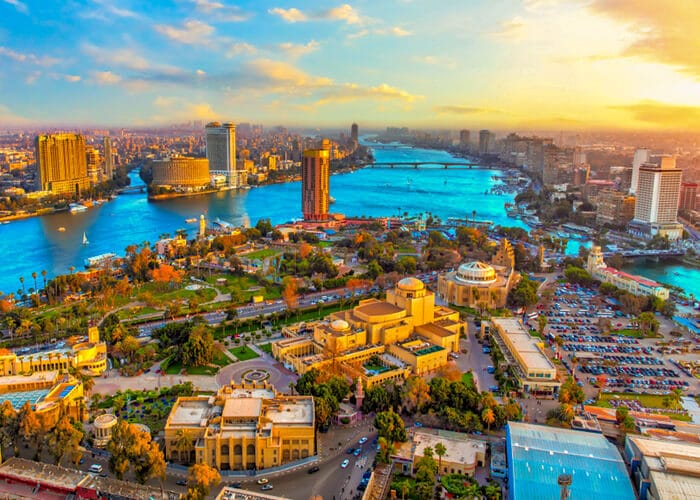
1. Population: 20.4 million people (sixth largest city in the world) Location: Northeastern Egypt, on the Nile River Delta Capital of Egypt: Since 969 CE
2. Major attractions:
- Giza Pyramids: One of the seven wonders of the ancient world, consisting of the Great Pyramid of Giza, the Pyramid of Khafre, and the Pyramid of Menkaure
- Sphinx of Giza: A massive limestone statue with the head of a human and the body of a lion, guarding the entrance to the Giza Pyramids
- Egyptian Museum: Home to the largest collection of Egyptian antiquities in the world, including the treasures of Tutankhamun
- Khan el-Khalili: A historic bazaar dating back to the 14th century, filled with shops selling souvenirs, spices, and traditional crafts
Al-Azhar Mosque: One of the oldest and most prestigious mosques in the world, founded in 972 CE - Salah El-Din Citadel: A medieval fortress built by Saladin in the 12th century, offering panoramic views of the city
- Hanging Church: A Coptic Orthodox church built over a Roman gatehouse, dating back to the 7th century
- Nile River Cruise: A popular way to see the city and the surrounding countryside, offering views of ancient ruins, lush gardens, and traditional villages
3. Food: A diverse culinary scene with a strong emphasis on rice, meat, vegetables, and spices. Some popular dishes include falafel, koshari, ful medames, and baba ghanoush.
4. Transportation: A well-developed public transportation system, including the Cairo Metro, buses, and taxis.
5. Nightlife: A vibrant nightlife scene with bars, clubs, and live music venues.
6. Culture: A rich blend of ancient Egyptian, Islamic, and modern influences. The city is known for its friendly people, its rich history, and its vibrant culture.
7. Safety: Generally safe for tourists, although it is important to be aware of petty theft. Women should dress modestly in public.
8. Climate: Hot and dry in summer, with mild winters.
Additional details:
- Cairo is the largest city in Egypt and the Middle East.
- The city is home to several UNESCO World Heritage Sites, including the Giza Pyramids and the Historic Cairo.
- Cairo is a popular tourist destination, attracting millions of visitors each year.
Overall, Cairo is a fascinating city with something to offer everyone. It is a city that is steeped in history and culture, yet also modern and forward-thinking. Whether you are interested in ancient ruins, delicious food, or a vibrant nightlife, Cairo is sure to impress.
7. Dhaka, Bangladesh
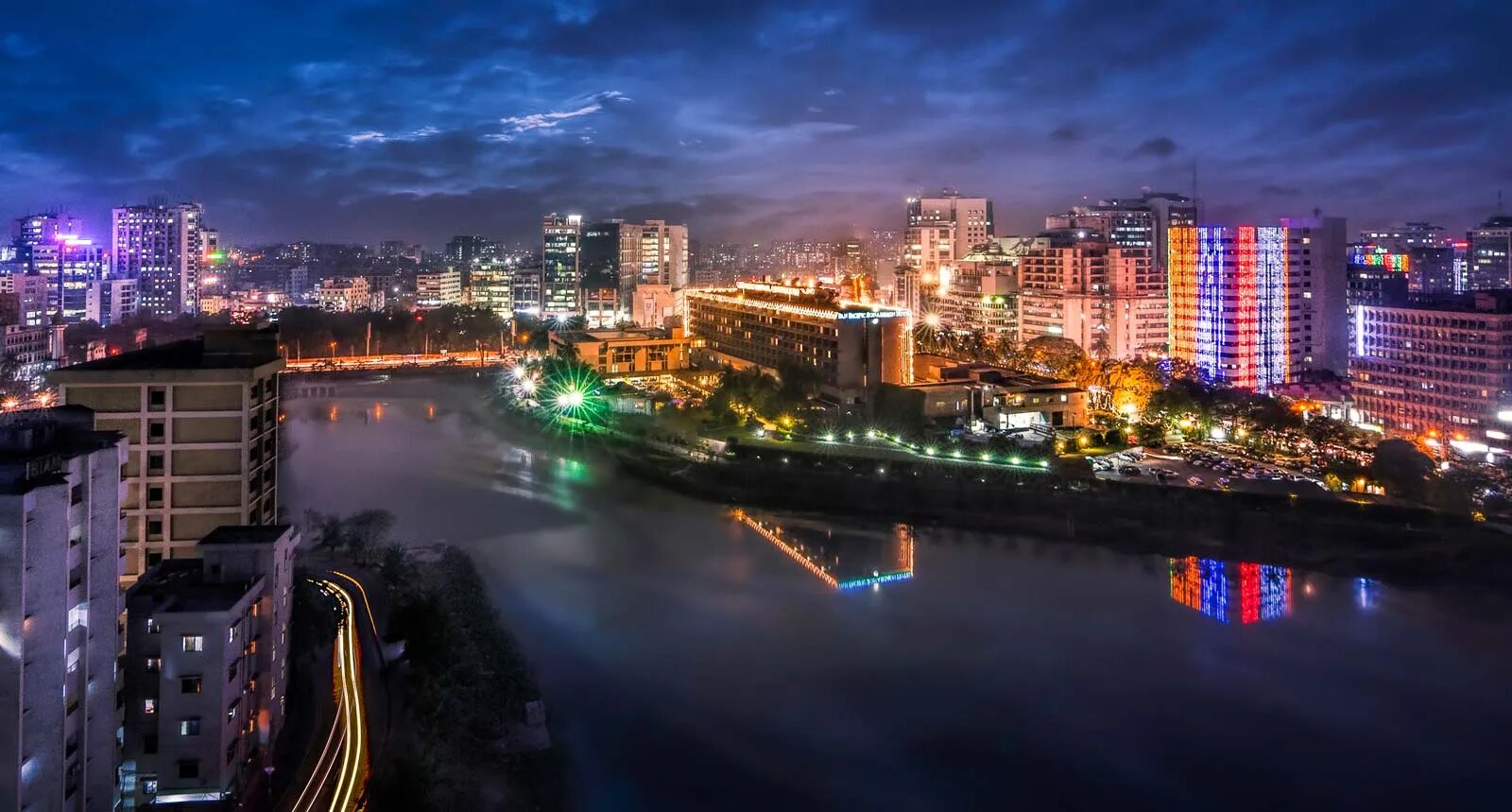
1. Population: 21.7 million people (ninth largest city in the world) Location: Central Bangladesh, on the Buriganga River Capital of Bangladesh: Since 1971
2. Major attractions:
- Lalbagh Fort: A 17th-century Mughal fort built by Prince Muhammad Azam Shah, offering stunning views of the city
- Ahsan Manzil: A 19th-century pink palace that was once the official residence of the Nawabs of Dhaka
- Star Mosque: A stunning white mosque with a unique star-shaped design
- National Museum of Bangladesh: Home to a collection of artifacts and exhibits showcasing the history and culture of Bangladesh
- Dhakeshwari Temple: The oldest Hindu temple in Dhaka, dedicated to the goddess Kali
- Sadarghat Riverfront: A bustling boat terminal offering rides across the Buriganga River
- Chandrima Udyan: A beautiful park with a lake, gardens, and a variety of rides and attractions
- Chawk Bazaar: A vibrant and chaotic market selling everything from spices and textiles to electronics and furniture
- Food: A diverse culinary scene with a strong emphasis on rice, lentils, vegetables, and fish. Some popular dishes include hilsa fish, biryani, kebabs, and roshogolla (sweet dumplings)
3. Transportation: A bustling public transportation system, including rickshaws, buses, and ferries.
4. Nightlife: A vibrant nightlife scene with bars, clubs, and music venues, particularly in the Gulshan and Banani neighborhoods.
5. Culture: A rich blend of Bengali, Islamic, and Mughal influences. The city is known for its friendly people, its delicious food, and its vibrant music and dance traditions.
6. Safety: Generally safe for tourists, although it is important to be aware of petty theft.
7. Climate: Tropical monsoon climate, with hot and humid summers and mild winters.
Additional details:
- Dhaka is the largest city in Bangladesh and the economic and cultural center of the country.
- The city is home to several UNESCO World Heritage Sites, including the Mosque City of Bagerhat and the Sundarbans.
- Dhaka is a popular tourist destination, attracting millions of visitors each year.
Overall, Dhaka is a fascinating city with something to offer everyone. It is a city that is steeped in history and culture, yet also modern and bustling. Whether you are interested in ancient ruins, delicious food, or vibrant nightlife, Dhaka is sure to impress.
8. Mumbai, India
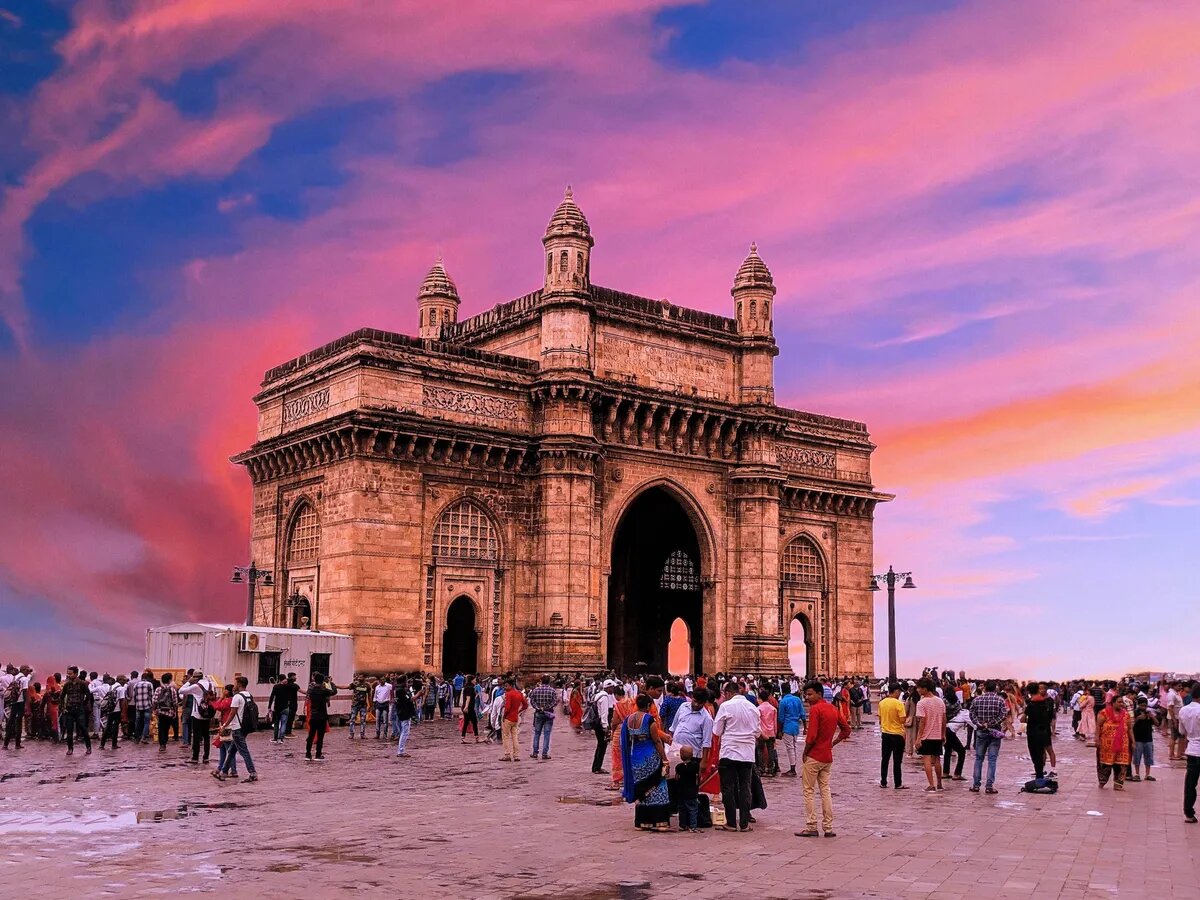
1. Population: 29.3 million people (second largest city in the world) Location: Western India, on the Arabian Sea coast Capital of Maharashtra: Since 1960
2. Major attractions:
- Gateway of India: A 26-meter tall archway built in 1911 to commemorate the arrival of King George V and Queen Mary
- Chhatrapati Shivaji Terminus (CST): A UNESCO World Heritage Site and one of the busiest railway stations in India, known for its Victorian Gothic architecture
- Marine Drive: A scenic promenade along the Arabian Sea coast, offering stunning views of the city skyline
- Colaba Causeway: A bustling shopping district with shops selling souvenirs, spices, and textiles
- Elephanta Caves: A group of ancient Hindu cave temples dating back to the 5th century
- Sanjay Gandhi National Park: A large urban park with a variety of wildlife, including tigers, leopards, and deer
- Mani Bhavan: The former residence of Mahatma Gandhi, now a museum dedicated to his life and work
- Siddhivinayak Temple: A Hindu temple dedicated to the elephant-headed god Ganesha
- Bollywood Studios: Mumbai is the home of Bollywood, the Indian film industry. Visitors can take tours of the studios or watch a film being shot.
3. Food: A melting pot of cuisines from all over India, including Maharashtrian, Gujarati, South Indian, and Mughlai. Some popular dishes include Vada Pav, Pav Bhaji, Misal Pav, and Biryani.
4. Transportation: A well-developed public transportation system, including the Mumbai Metro, local trains, buses, and taxis.
5. Nightlife: A vibrant nightlife scene with bars, clubs, and live music venues, particularly in the Bandra and South Mumbai neighborhoods.
6. Culture: A rich blend of Marathi, Hindu, Islamic, and Portuguese influences. The city is known for its friendly people, its diverse culture, and its vibrant music and dance traditions.
7. Safety: Generally safe for tourists, although it is important to be aware of petty theft and scams.
8. Climate: Tropical monsoon climate, with hot and humid summers and mild winters.
Additional details:
- Mumbai is the financial and commercial capital of India.
- The city is home to several UNESCO World Heritage Sites, including the Elephanta Caves and the Chhatrapati Shivaji Terminus.
- Mumbai is a popular tourist destination, attracting millions of visitors each year.
Overall, Mumbai is a fascinating city with something to offer everyone. It is a city that is steeped in history and culture, yet also modern and progressive. Whether you are interested in ancient temples, delicious food, or a vibrant nightlife scene, Mumbai is sure to impress.
9. Beijing, China
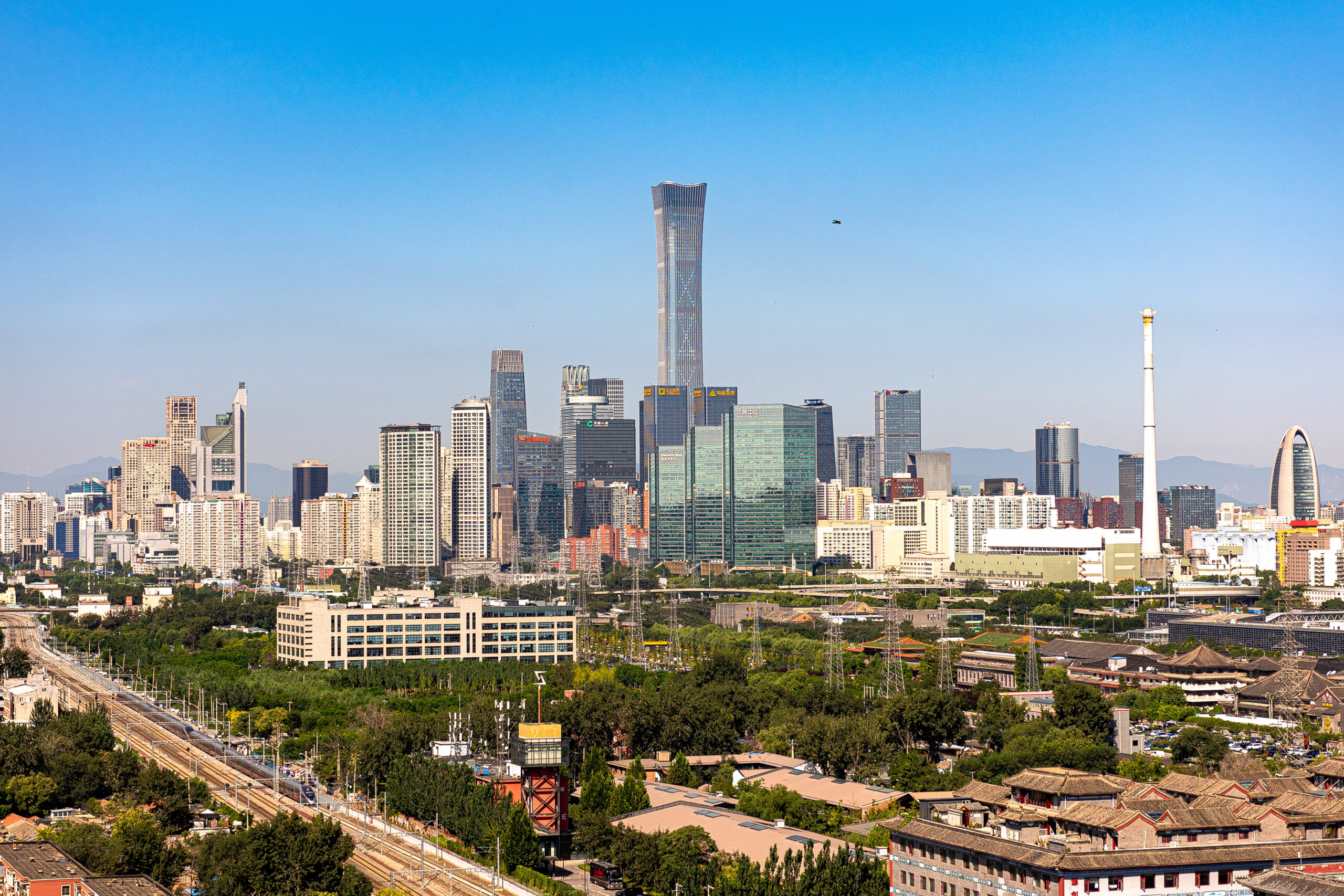
1. Population: 21.5 million people (second largest city in China)
2. Location: Northern China, on the North China Plain
3. Capital of China: Since 1421
4. Major attractions:
- Forbidden City: The former imperial palace of China, now a UNESCO World Heritage Site, showcasing magnificent architecture and historical artifacts
- Great Wall of China: One of the seven wonders of the ancient world, stretching thousands of miles across northern China, offering stunning views and a glimpse into the country’s rich history
- Tiananmen Square: The largest public square in the world, located at the heart of Beijing and a symbol of China’s political power
- Temple of Heaven: A UNESCO World Heritage Site and a complex of ancient temples built by emperors for rituals and sacrifices
- Summer Palace: A UNESCO World Heritage Site and a vast imperial garden with beautiful lakes, palaces, and gardens, offering a tranquil escape from the city’s hustle and bustle
- Hutong: Traditional alleyways lined with courtyard houses, offering a glimpse into Beijing’s old-world charm
798 Art Zone: A former industrial complex turned into a vibrant art district, showcasing contemporary art galleries, studios, and trendy cafes - Olympic Park: The site of the 2008 Summer Olympics, featuring iconic structures like the Bird’s Nest and the Water Cube, now a popular recreational area
5. Food: A diverse culinary scene with a strong emphasis on noodles, dumplings, and Peking Duck. Some popular dishes include Zhajiangmian (noodles with soybean paste), Xiaolongbao (soup dumplings), and Jidanbing (fried pancake with egg).
6. Transportation: A well-developed public transportation system, including the Beijing Subway, buses, and taxis.
7. Nightlife: A vibrant nightlife scene with bars, clubs, and live music venues, particularly in the Sanlitun and Wudaokou neighborhoods.
8. Culture: A rich blend of ancient and modern influences. The city is known for its traditional Chinese opera, acrobatics, and martial arts performances.
9. Safety: Generally safe for tourists, although it is important to be aware of petty theft and scams.
10. Climate: Hot and humid summers, with cold and dry winters.
Additional details:
- Beijing is the cultural and historical capital of China.
- The city is home to several UNESCO World Heritage Sites, including the
- Forbidden City, the Great Wall of China, and the Temple of Heaven.
- Beijing is a popular tourist destination, attracting millions of visitors each year.
Overall, Beijing is a fascinating city with something to offer everyone. It is a city that is steeped in history and culture, yet also modern and dynamic. Whether you are interested in ancient palaces, delicious food, or a vibrant nightlife scene, Beijing is sure to impress.
10. Osaka, Japan
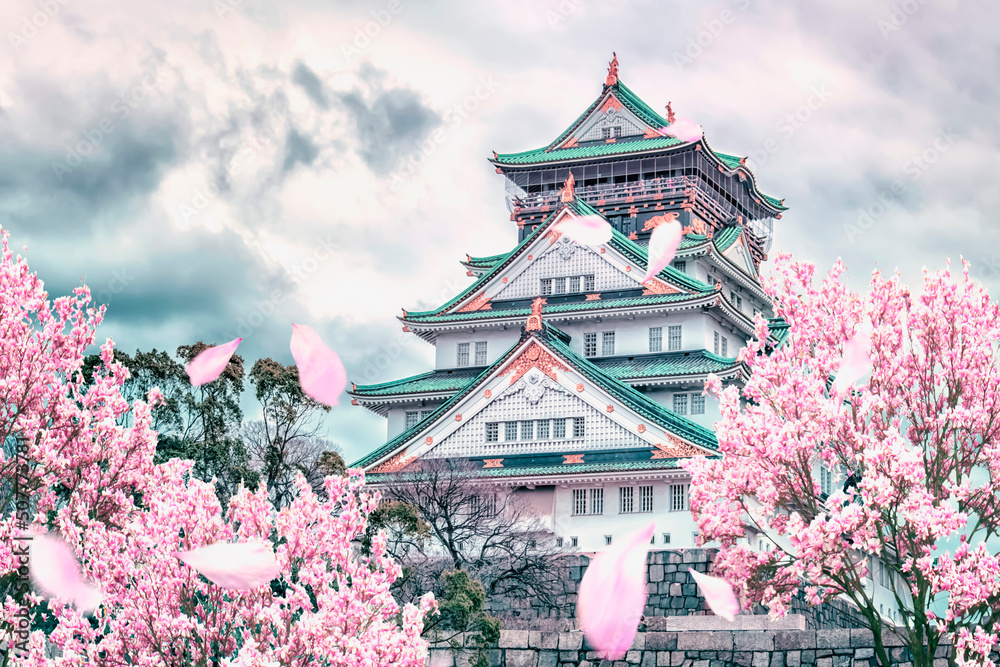
1. Population: 2.7 million people (third largest city in Japan) Location: Western Japan, on the Osaka Bay Capital of Osaka Prefecture: Since 1868
2. Major attractions:
- Osaka Castle: A majestic 16th-century castle offering panoramic views of the city
- Dotombori District: A vibrant entertainment district with neon signs, restaurants, and street performers
- Dotonbori Glico Sign: A famous landmark and symbol of Osaka
- Shinsaibashi: A trendy shopping district with high-end stores and department stores
- Umeda Sky Building: A modern skyscraper with a floating observatory offering 360-degree views
- Osaka Aquarium Kaiyukan: One of the largest aquariums in the world, with a diverse collection of marine life
- Universal Studios Japan: A popular theme park with thrilling rides, shows, and attractions
- Osaka Museum of History: A museum showcasing the history and culture of Osaka
- Tenmangū Shrine: A Shinto shrine dedicated to Sugawara Michizane, the patron of scholarship
- Kuromon Ichiba Market: A bustling market selling fresh seafood, meat, vegetables, and other Japanese goods
3. Food: A culinary paradise with a strong emphasis on seafood, okonomiyaki (savory pancake), and takoyaki (octopus dumplings). Some popular dishes include kitsune udon (noodles with fried tofu), kushikatsu (deep-fried skewered meat and vegetables), and Osaka-style ramen.
4. Transportation: A well-developed public transportation system, including the Osaka Metro, local trains, buses, and taxis.
5. Nightlife: A vibrant nightlife scene with bars, clubs, and live music venues, particularly in the Namba and Umeda districts.
6. Culture: A blend of traditional Japanese culture with a modern and cosmopolitan edge. Osaka is known for its friendly people, its delicious food, and its unique sense of humor.
7. Safety: Generally safe for tourists, although it is important to be aware of petty theft.
8. Climate: Warm and humid summers, with cool and dry winters.
Additional details:
Osaka is the economic and commercial center of western Japan.
The city is known for its friendly people and its lively atmosphere.
Osaka is a popular tourist destination, attracting millions of visitors each year.
Final Words
The world’s top 10 big cities in the world are all distinct and varied, each with its own culture, history, and economy. In this article, we will discussed the ranking of the largest Cities in the World in 2023 by their size in terms of population and area along with the interesting features of each city that make them unique.
FAQs
Which is the Largest City in the World by Area?
The largest city in the world by area is Moscow, Russia. Moscow has a total area of 2,511 square kilometers (965 square miles), which makes it larger than many small countries. It is also one of the most densely populated cities in the world, with a population of over 12 million people.
Which city has the Highest Density of people in 2024?
With 30,093 inhabitants per square kilometer, Dhaka (Bangladesh) topped the list of cities with the highest population density in 2022. Monaco is the world’s most populous state when it comes to countries.
How is the Population of a City Determined?
The population of a city is typically determined through a census, which is a count of all the residents within a specific geographic area. The census can be conducted by the government or other authorized organizations and is usually conducted every few years.
How does the Population of a City Change Over Time?
The population of a city can change over time due to a variety of factors such as migration, birth rates, and death rates. If more people move into a city than leave it, the population will increase. Conversely, if more people leave a city than move into it, the population will decrease. Birth rates and death rates also play a role in a city’s population growth or decline.
Which city has the Highest Population in the world in 2024?
With a population of 37,274,000, Tokyo tops the list of world cities. Despite a respectable amount of people residing in the megacity, Tokyo’s population growth has recently slowed. The population of the city decreases by 0.09 percent from 2018 to 2019 to 0.18 percent from 2021 to 2022.
Which is the 10 largest city of the world?
10 Biggest Cities Around the Globe:
- Tokyo
- Delhi
- Shanghai
- São Paulo
- Mexico City
- Cairo
- Dhaka
- Mumbai
- Beijing
- Osaka
Which is the biggest city in world?
Tokyo, Japan, is Earth’s biggest city in terms of population. It is home to 37.4 million people—over four times New York City’s population. It spans 13,452km², with an average of 2,642 people per square kilometer across the Greater Tokyo Area.

